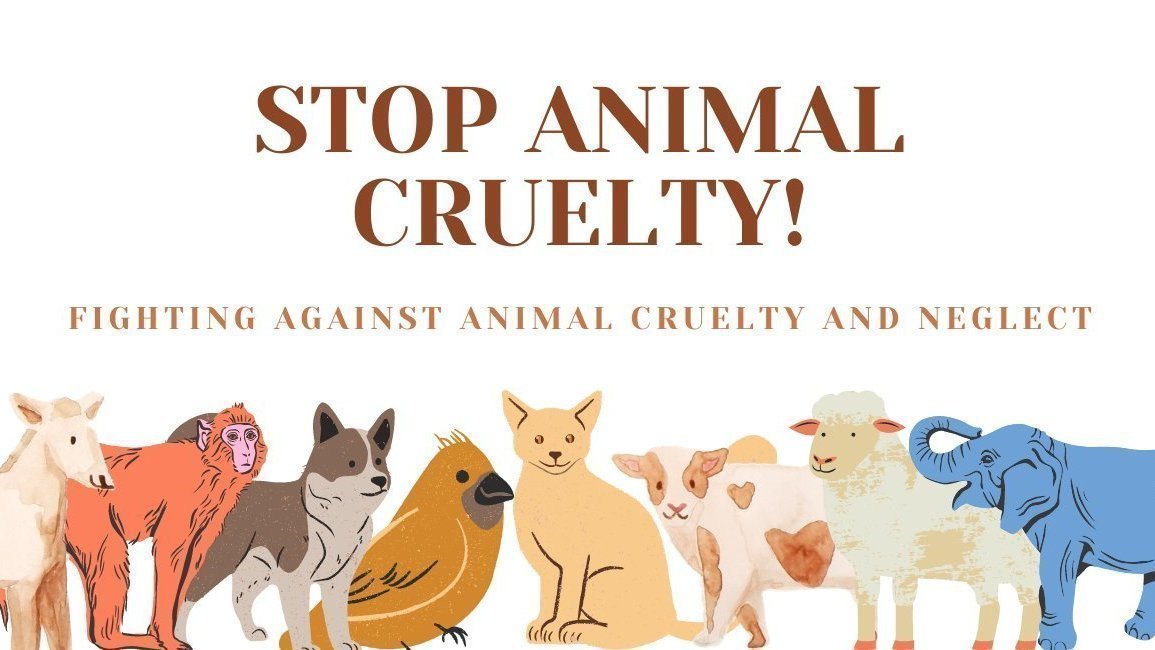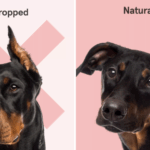Animal cruelty remains a pervasive issue, manifesting in various forms that range from neglect to outright abuse. In a world where compassion can often take a backseat to convenience, it becomes imperative to spread the word about the atrocities animals face, inspiring action and change. The following exposition delves into effective strategies for disseminating information about animal cruelty, engaging audiences, and facilitating meaningful dialogue.
One of the most effective methods for spreading awareness is through the utilization of social media platforms. In an era where a single tweet or post can garner millions of impressions, harnessing this potential is crucial. Platforms like Instagram, Facebook, and Twitter not only allow for the sharing of statistics and reports but also provide a medium for storytelling. By sharing compelling narratives—whether through written posts or engaging visuals—activists can evoke empathy and elicit an emotional response from their audience. For instance, visually powerful images of neglected animals can serve as a stark reminder of the suffering that exists, compelling individuals to take a stand against cruelty.
Moreover, the creation of content such as infographics can distill complex information into digestible formats. These graphics can illuminate the realities of animal cruelty, showcasing statistics on rescue efforts, the prevalence of abuse, and the differences between animal welfare and rights. Infographics are not only visually appealing but are also easily shareable, making them an ideal vehicle for spreading knowledge rapidly across social media networks.
Beyond digital platforms, in-person events serve as an essential avenue for advocacy. Organizing community workshops or awareness events can facilitate direct engagement. These gatherings foster a sense of community and provide a space for individuals to learn, share experiences, and discuss ways to combat cruelty. Furthermore, collaboration with local businesses to host fundraising events can amplify these efforts. Such partnerships can be instrumental in raising funds for animal shelters and rescue organizations while simultaneously increasing public awareness through local media coverage.
Education is another cornerstone of inspiring change. By providing resources that outline the impact of cruelty and the importance of animal welfare, individuals can become informed advocates. Educational materials might include brochures, pamphlets, and online courses that explore the ethical treatment of animals. Schools and universities should be encouraged to integrate discussions about animal rights into their curricula, equipping future generations with a foundational understanding of the topic.
Notably, storytelling is a potent tool in advocacy. Sharing personal experiences and narratives can humanize the plight of animals, making the issue more relatable. Documenting rescue stories—whether through blog posts, videos, or podcasts—can illustrate the transformative power of compassion. An emotional connection can lead to greater involvement; individuals who resonate with a particular story may feel compelled to contribute time, resources, or even their voices to the cause.
Moreover, leveraging partnerships with influencers can significantly amplify outreach efforts. Influencers possess a platform that can reach thousands, if not millions, of followers. When they advocate for animal rights, they not only elevate awareness but inspire their followers to engage in activism. The collaboration should be sincere and informed; influencers need to align with the values of animal welfare and convey a genuine message that resonates with their audience.
Advocacy through policy change is another imperative avenue for long-term change. Understanding the gaps in legislation that allow for animal cruelty can empower activists to take action. This could involve petitioning for stricter laws against animal abuse or lobbying local governments to improve the conditions of animal shelters. Engaging directly with lawmakers through letter-writing campaigns or community forums can foster a dialogue around the necessity for reform in animal welfare legislation.
Furthermore, it is essential to remain vigilant regarding the portrayal of animals in media. Critically analyzing the representation of animals in films, television shows, and advertisements can prompt discussions about societal perceptions of animal rights. Activists can lead campaigns to advocate for accurate and respectful portrayals of animal care and welfare in all forms of media. This can challenge harmful stereotypes and promote a more compassionate understanding of the relationship between humans and animals.
In addition, encouraging the public to adopt rather than shop for pets can have a profound effect on reducing cruelty. Promoting adoption initiatives and educating potential pet owners about the realities of overpopulation in shelters can reshape societal practices surrounding pet ownership. The narrative surrounding adoption should focus on the benefits of rescuing animals from shelters and the joys that come with giving a once-neglected animal a second chance at life.
Finally, fostering a culture of empathy and responsibility is pivotal in combating animal cruelty. Ultimately, changing perceptions requires not just raising awareness but also cultivating a sense of accountability among individuals. Through campaigns that emphasize compassionate interactions with animals—whether domestic pets or wildlife—society can shift its collective mindset. Workshops on humane treatment of animals, responsible pet ownership, and wildlife conservation can nurture empathy in both children and adults alike.
In conclusion, addressing animal cruelty necessitates a multi-faceted approach that incorporates education, social media engagement, storytelling, event planning, and legislative advocacy. By diversifying the means of communication and actively involving individuals in the discourse, it is possible to inspire change. A concerted effort to spread awareness can illuminate the path toward a more compassionate society, fostering a future where animals are treated with the dignity and respect they deserve.





